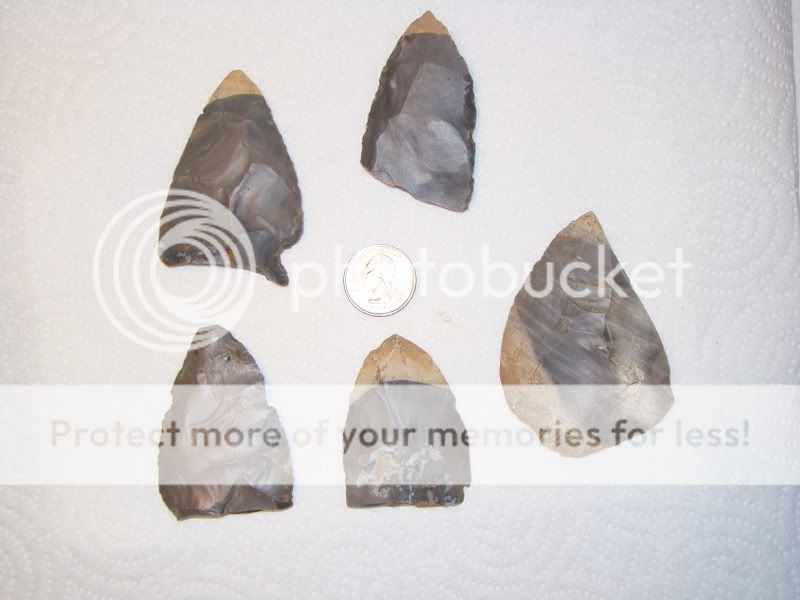luckyinkentucky
Full Member
All of these blades were found at the same site within 15 feet from each other. Are they cache blades, or a cache of blades?
All of the bases are not broken, but are roughly worked.






All of the bases are not broken, but are roughly worked.






Upvote
0




